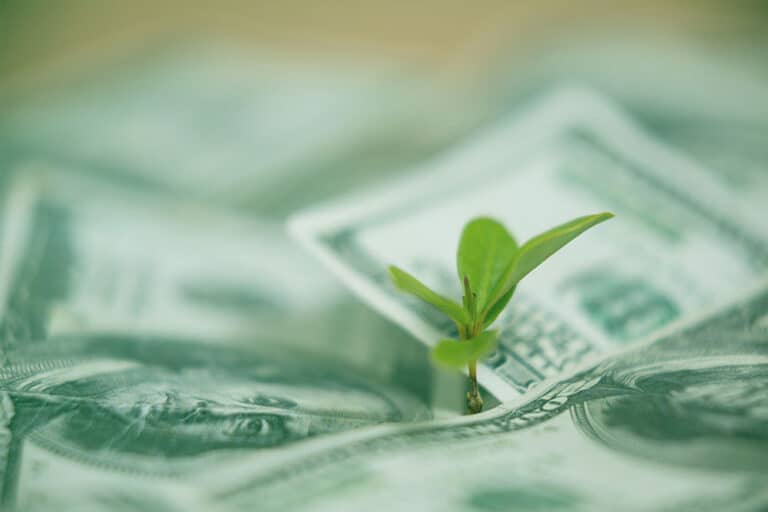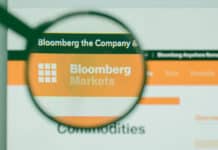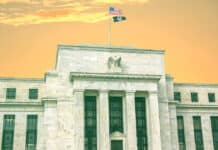
AXA Investment Managers forecasts that green bond issuance will soar to US$600 billion in 2025, driven by supportive regulation, evolving market dynamics, and surging investor demand for credible ESG-aligned investments.

The spike in the global issuance of green bonds marks an important commitment to improved efforts in striving for sustainable public and private practices.
“The unprecedented growth in green bond issuance is a testament to the collective commitment of global markets towards a sustainable future. The current trajectory reflects a growing emphasis on transparency as well as the drive to direct capital towards the net-zero transition,” said Johann Ple, Fixed Income Portfolio Manager at AXA Investment Managers.
“The green bond market has shown increasing momentum in recent years, breaking new records with $447 billion in issuance in 2024. This dynamic has propelled the Green, Social, and Sustainability (GSS) bond market to surpass 2023 by 17%.”
The euro remains the dominant currency in the space, accounting for 60% of new green bond issuances.
While participation from emerging markets has dipped from 10.4% to 6.5%, this could reflect faster growth in other regions, particularly in Europe and Asia. Similarly, the US issuer share has fallen to 8.5%, contributing to a marked decline in USD-denominated green bonds.
Also read: Global Asset Allocation: The View From Australia
Navigating the US ESG backlash
“Despite the current ESG backlash in the US, sustainable investments continue to grow boosted by the Inflation Reduction Act. However, rather than issuing explicitly labelled green bonds, many US corporates are choosing to incorporate sustainability objectives into their broader financing strategies,” Ple said.
This dynamic has alleviated the past scarcity of issuance the market had experienced in some segments, creating a green premium, or ‘greenium’. However, as the green bond market has expanded significantly, this premium has largely dissipated. Today greeniums tend to emerge more on a case-by-case basis rather than across sectors, reinforcing the value of an active and selective approach to green bond investing.
China’s first sovereign green bond
A major development this year was the launch of China’s first sovereign green bond, marking the beginning of a broader surge in Asian issuance.
“As sustainable finance continues to mature, especially with strengthening regulatory frameworks and government support across Asia, we expect the region to become a key engine of growth following Europe,” Ple explains.
Green bonds in modern portfolios
Over the past eight years, the green bond sector has outperformed1 the global aggregate universe six times out of eight due to a good mix of credit and sovereign debt. The trend points to an asset class that is fast shedding its niche status and offering investors broad diversification.
Initially, corporate issuances were concentrated in utilities and financials, but they have progressively broadened to include real estate, telecommunications, and transportation.
Blind spots in sustainable finance
While green bonds have aligned more closely with conventional bonds in terms of duration and ratings, key differences remain. The market is more concentrated in euro and dollar currencies and has greater exposure to credit, resulting in tracking errors of up to 200 basis points versus global aggregate benchmarks.
Ple added, “We believe there is a simple way to allocate to green bonds while addressing this dilemma. We’ve found that by combining green bonds with US Treasuries improves performance correlation and reduces tracking error versus a global aggregate universe.”
This offers a liquid, low-cost way to bridge the gap with conventional markets.
The future of green bonds
Australia is making significant strides in the green bond market.
“Australian issuers are becoming more active, using sustainability and green bonds, with a steadily growing number of issuers and an increasing AUD to Australian issuances ratio,” said Ple.
This development is expected to attract more green capital to Australia and support the government’s 2050 net zero commitment.
Green bonds are among the most effective tools for supporting the transition to a low-carbon economy, an essential factor behind the sector’s rapid growth.
“Whether investors choose a tailored strategy or a blended approach, they can tap into the green bond universe through solutions that are both innovative and accessible,” said Ple.
- Past performance is not a guide or guarantee to future performance.






























